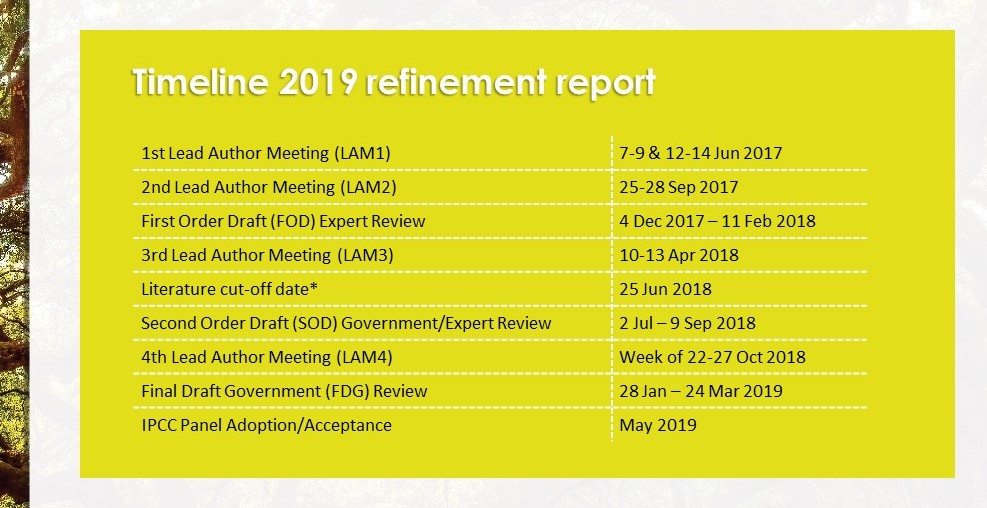The greenhouse effect is defined as a natural and necessary phenomenon that helps to maintain the bioclimatic balance of our planet. However, human activities that are behind high volumes of greenhouse gas (GHG) emissions have intensified the greenhouse effect, causing an increase in the temperature of the earth’s surface and leading to significant climate change impacts. According to the 5th Report of the Intergovernmental Panel on Climate Change (IPCC), global anthropogenic emissions of GHGs grew by 80% between 1970 and 2010, reaching 49 Gt CO2e in 2010, compared with 27 Gt CO2e in 1970.
Climate change is already having profound consequences on people’s lives and our planet’s diversity of life. Sea levels are rising and oceans are warming. Longer, more intense droughts threaten freshwater supplies and crops, endangering efforts to feed a growing world population. In light of these numbers and the growing climate emergency, it is clear that the transition to low carbon economies is more necessary than ever. An important part of this transition is helping countries and organizations understand which activities generate greenhouse gas emissions and what countries and people can do to reduce them. The first step to minimizing the carbon footprint is to measure it.
Measure to Manage
To harmonize the ways countries approach measuring and monitoring GHG, governments agreed to report their national greenhouse gas inventories — estimates of greenhouse gas emissions and removals — to the United Nations Framework Convention on Climate Change (UNFCCC) under processes such as the Kyoto Protocol and Paris Agreement.
Many countries embraced nationwide GHG inventories which provided insight into national trends in anthropogenic emissions, as well as helping to estimate the global GHG emissions balance.
For 13 years, the most important guidance document was the 2006 IPCC Guidelines for National Greenhouse Gas Inventories. These practical guidelines formed the scientific basis for practitioners, governments, scientists and technicians in the preparation of their national GHG inventories for the UNFCCC. However, given major technological changes, breakthroughs and new options that have evolved in the last decade, especially in the field of activity data and use of remote sensing data, a major revision was very timely and necessary.
2019 Refinement to the 2006 IPCC Guidelines for National Greenhouse Gas Inventories
In 2019, the IPCC released an update to its methodology to be used by governments to estimate their GHG emissions and removals. The work started in June, 2017 at the 1st Lead Author Meeting (LAM1). Following a long and complex process (see the timeline below), the 2019 Refinement to the 2006 IPCC Guidelines for National Greenhouse Gas Inventories was adopted and accepted during the 49th Session of the IPCC in May, 2019. It was prepared by the Task Force on National Greenhouse Gas Inventories (TFI), in accordance with the decision taken at the 44th Session of IPCC in Bangkok, Thailand in October, 2016. The updated IPCC methodology improves the transparency and reporting process by ensuring that the methodology used to determine these inventories is based on the latest science.
The 2019 Refinement is comprised of an overview chapter following the format of the 2006 IPCC Guidelines and five volumes:
-
Volume 1: General Guidance and Reporting
-
Volume 2: Energy
-
Volume 3: Industrial Processes and Product Use
-
Volume 4: Agriculture, Forestry and Other Land Use
-
Volume 5: Waste

It is important to note that the refinement does not revise the 2006 IPCC Guidelines, but updates, supplements and/or elaborates on the 2006 IPCC Guidelines where gaps or out-of-date science have been identified. As such, the report should be used, not as a replacement for, but in conjunction with the 2006 IPCC Guidelines. The overall aim of the 2019 Refinement is to provide an updated scientific basis for supporting the preparation and continuous improvement of national GHG inventories.
The report was prepared by more than 280 scientists and experts from 47 countries, after a thorough selection process based on areas of knowledge, experience and expertise. The report will be useful for countries working to reduce their emissions from deforestation and forest degradation (REDD+) under various initiatives including the UN-REDD Programme.
For example, with the support of the UN-REDD Programme, Ecuador has achieved significant results and strengthened institutional arrangements for structuring their National GHG Inventory Systems. Similarly, the Government of Papua New Guinea (PNG), in partnership with the UN-REDD Programme and the Japan International Cooperation Agency (JICA), has developed systems to map and monitor the country’s forests through Terra PNG and the National Forest Monitoring Portal (http://png-nfms.org/portal /). The information produced by these platforms is linked with nationwide, ground- based forest measurements through the National Forest Inventory to measure the carbon stocks of PNG’s forests.
The report will further help countries in developing and updating their greenhouse gas inventory-related methodologies and practices, as well as assisting in obtaining better national data for the achievement of better global data as a whole. The numbers highlight the contribution of forests as a crucial front of action in the global fight against the climate emergency.
2020 will mark a pivotal moment in humanity’s quest for a sustainable future, as greenhouse gas emissions will need to start declining if we are to avoid the most severe impacts of the climate crisis. Key to securing a sustainable future is actions that are backed up by science and that promote the role of forests in climate change mitigation and adaptation.



